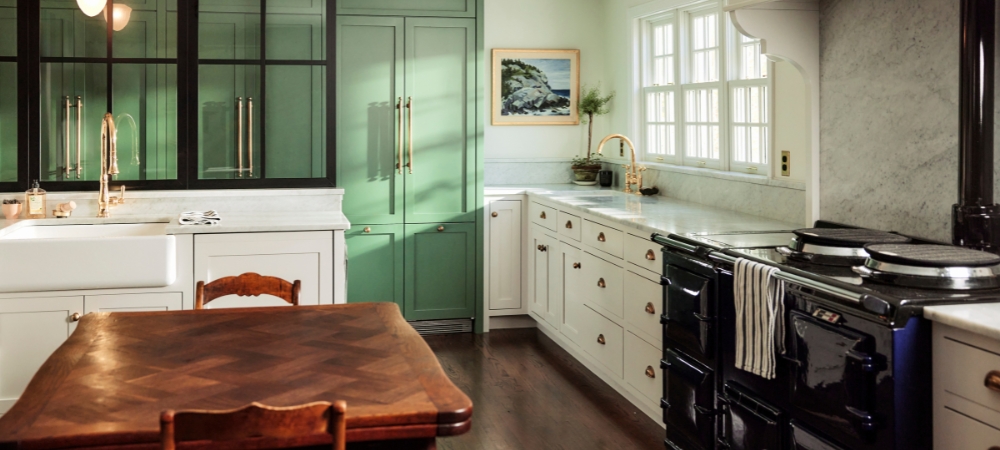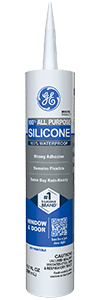Note: This DIY article is provided as a general guide only and is not intended to take the place of product-specific installation procedures; always follow applicable manufacturers’ instructions. Depending on your home’s age and condition, location within the home, and other potential factors, repairs and/or upgrades or other services may be necessary prior to the beginning and/or completion of your project that may involve the services of a home improvement professional. This article does not include advice pertaining to local building codes and/or any related inspections.
Restaurants and commercial kitchen operators need food-grade silicone sealant options rated for use in kitchens and food storage. These specialized sealants are non-toxic, waterproof, and resistant to heat and chemicals. For other indirect food-related uses, food-compliant silicone sealant is a handy and suitable option. This guide explains what both are and explores their practical uses for home and commercial applications.
What is a food-safe silicone sealant?
A food-safe silicone sealant is specifically formulated to meet FDA or food-grade safety standards, ensuring it does not release harmful chemicals when exposed to food, water, or high temperatures. Unlike standard silicone sealants—which may contain additives, solvents, or antimicrobial agents—food-safe variants are non-toxic, odorless, and free from harmful chemicals like phthalates and bisphenol-A (BPA).
Key features required for a sealant to be rated food-grade include:
- Waterproofing
- High heat resistance
- Flexibility
Ideally, food-grade sealants will also resist mold, mildew, and bacterial growth.
Regular sealants are not always safe for food-related applications because they may degrade over time, leach chemicals, or break down when exposed to moisture and temperature fluctuations. Choosing a certified food-safe silicone sealant ensures a long-lasting, non-toxic, and durable seal for kitchen and food-related projects.
Food-safe silicone sealants are rated for direct contact with food and are used to seal surfaces like prep areas, cutting boards, and food storage containers. Food-compliant sealants, while not certified for direct food contact, are suitable for sealing areas near food, such as countertops, backsplashes, and cabinets. For food-adjacent applications, GE’s All Purpose Silicone 1® Sealant is 100% waterproof, mold-resistant, and designed to withstand moisture and cleaning—making it a reliable option for kitchens and storage spaces.
Common uses for food-grade silicone sealants
Food-grade or food-safe sealants are commonly used for:
- Sealing around appliances: Gaps around the edges of refrigerators, stoves, and other built-in appliances can collect crumbs and grime, and trap moisture and bacteria. A food-safe sealant creates a clean, waterproof barrier near shelves or drawers that come into direct contact with food.
- Sealing high-contact countertops: In food prep areas—such as butcher-block surfaces or dedicated workstations in restaurants—food-safe sealants help prevent water infiltration and bacterial growth. These sealants ensure that joints and seams don’t compromise sanitation.
- Direct food-contact surfaces: Any surface where food is regularly stored or rests for extended periods may require sealing with a food-safe silicone. This includes cutting boards, food trays, and storage bins that have developed surface cracks or loose seams.
What is food-compliant silicone sealant?
Food-compliant silicone sealants are designed for indirect contact with food. While they are not rated for direct food exposure, they are safe for sealing areas adjacent to food prep and storage spaces. These sealants are waterproof, flexible, and free from harmful additives, but do not meet FDA food-contact standards.
For homeowners and contractors looking for a durable, mold-resistant sealant suitable for kitchens, a food-compliant product provides a safe, effective option for a range of general-purpose uses. For most residential kitchens, using a general-purpose, food-compliant sealant is perfectly safe — even if it’s not rated for direct food contact. Unless you’re working in a commercial kitchen with strict health regulations, there’s typically no need to worry.
Common uses for food-compliant silicone sealant

When choosing a food-compliant sealant, look for:
- FDA-compliant formulations
- High-temperature resistance
- Long-lasting adhesion
Food-compliant sealants are ideal for kitchens and storage spaces where food is present but not in direct contact with the surface. Sealants like GE All Purpose Silicone 1® are used to create watertight, mold-resistant seals in areas that require regular cleaning and occasional exposure to moisture, steam, or temperature changes.
Sealants can also be used where countertops meet walls or backsplashes. A food-compliant sealant helps protect these seams without the need for food-contact certification.
To get GE Sealants’ products for your home improvement projects, find a store near you in the US or Canada.


